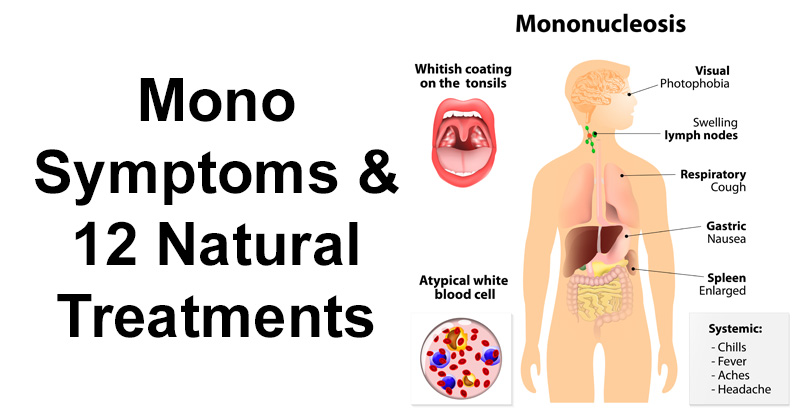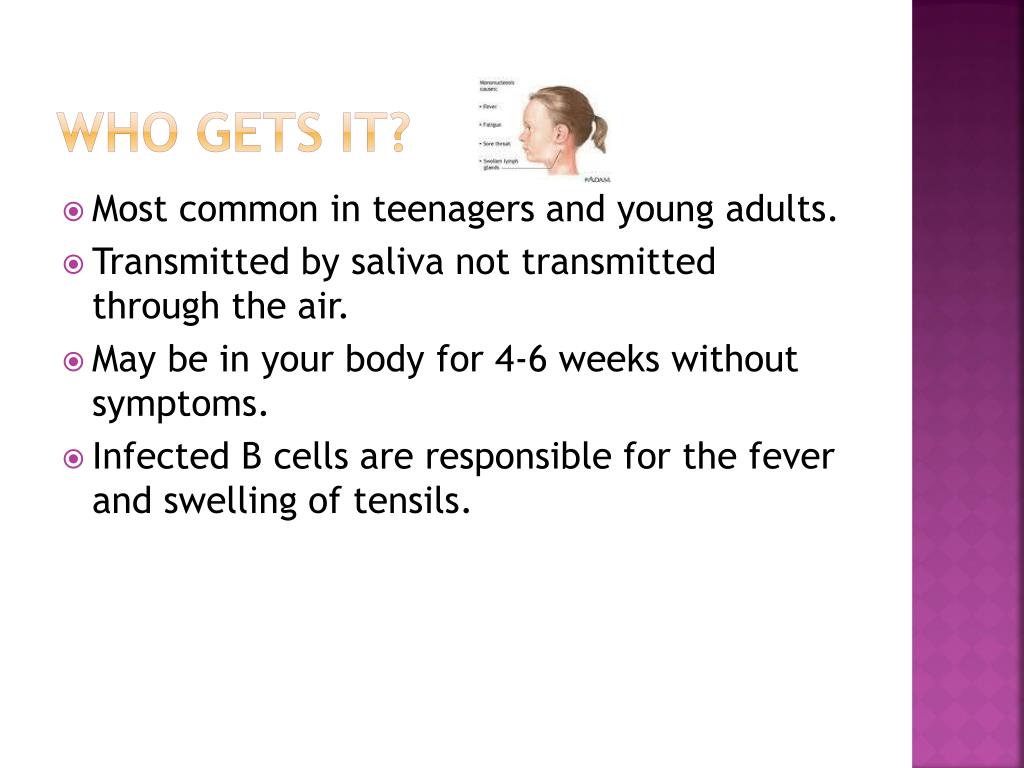

Why Choose Norton Children’s Infectious Diseases?

The most common cause of mono is the Epstein-Barr virus (EBV). Mono is viral illness that is very contagious and spreads through saliva. The board-certified, fellowship-trained pediatric infectious disease specialists with Norton Children’s Infectious Diseases have the experience and skills to treat mono in children. doi:10.1016/j.immuni.2019.03.Infectious mononucleosis, often called “mono,” is a flu-like illness that is common in teens and young adults. Immunization with components of the viral fusion apparatus elicits antibodies that neutralize Epstein-Barr virus in B Cells and epithelial cells. About Epstein-Barr virus.īu W, Joyce MG, Nguyen H, et al. Laboratory testing.Ĭenters for Disease Control and Prevention. Epstein-Barr virus and infectious mononucleosis. doi:10.1038/s4158-3Ĭenters for Disease Control and Prevention. Transcription factors operate across disease loci, with EBNA2 implicated in autoimmunity. Epstein-Barr virus in systemic autoimmune diseases. Serological profiling of the EBV immune response in Chronic Fatigue Syndrome using a peptide microarray. Predictors of chronic fatigue in adolescents six months after acute Epstein-Barr virus infection: A prospective cohort study. Pedersen M, Asprusten TT, Godang K, et al. EBV-related lymphomas: new approaches to treatment.


Chronic active Epstein-Barr virus disease. The incubation period of primary Epstein-Barr virus infection: Viral dynamics and immunologic events. Epstein-Barr virus-positive posttransplant lymphoproliferative disease after solid organ transplantation: pathogenesis, clinical manifestations, diagnosis, and management. Nijland ML, Kersten MJ, Pals ST, Bemelman FJ, Ten Berge IJ. Recent advances in understanding Epstein-Barr virus. (IARC Monographs on the Evaluation of Carcinogenic Risks to Humans, No. Lyon (FR): International Agency for Research on Cancer 2012. IARC Working Group on the Evaluation of Carcinogenic Risk to Humans. Common questions about infectious mononucleosis.


 0 kommentar(er)
0 kommentar(er)
